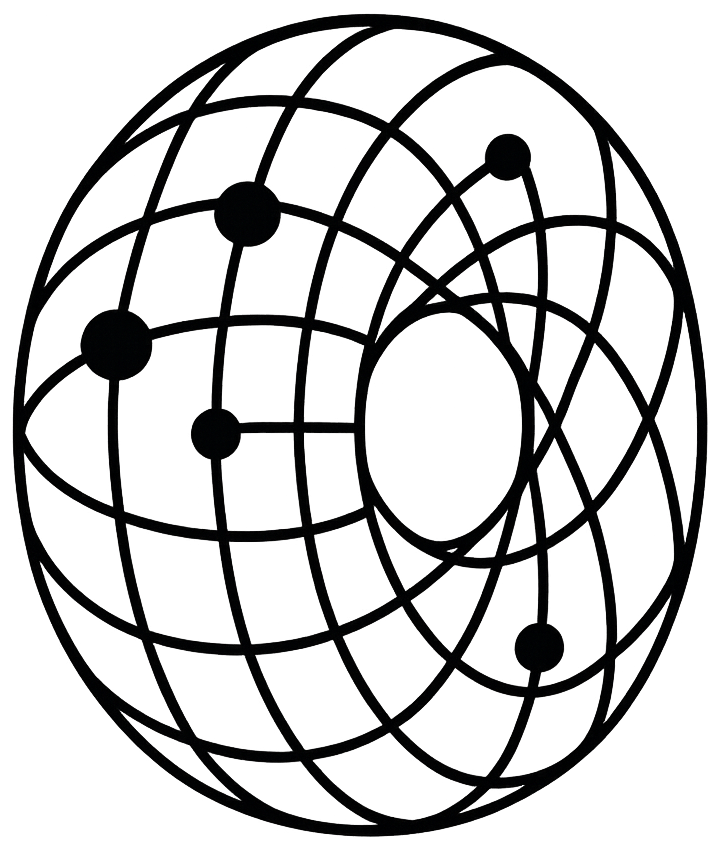DNA barcoding for species identification has seen significant advancements in reducing sequencing costs, facilitating research programs like BIOSCAN. Technological progress, including the use of PacBio and Oxford Nanopore Technologies platforms, has dramatically lowered sequencing costs, making it more accessible. These cost-effective sequencers have enabled the processing of a million specimens in a single three-day run at a fraction of a cent per specimen, revolutionizing the field. This progress not only benefits biodiversity research but also expands the use of DNA barcoding techniques to previously underserved regions, promoting broader scientific exploration and conservation efforts.
The development of high-throughput sequencing technologies has revolutionized DNA barcoding, making it more cost-effective and efficient. With sequencing costs dropping significantly, researchers like Hebert have been able to scale up their studies and collect data from a larger number of specimens. This increased accessibility to DNA barcoding techniques has the potential to drive further discoveries in biodiversity research and environmental conservation. As technology continues to advance, the future of DNA barcoding looks promising, with the potential to unlock new insights into species identification and ecosystem dynamics.
Read more from the-scientist.com
